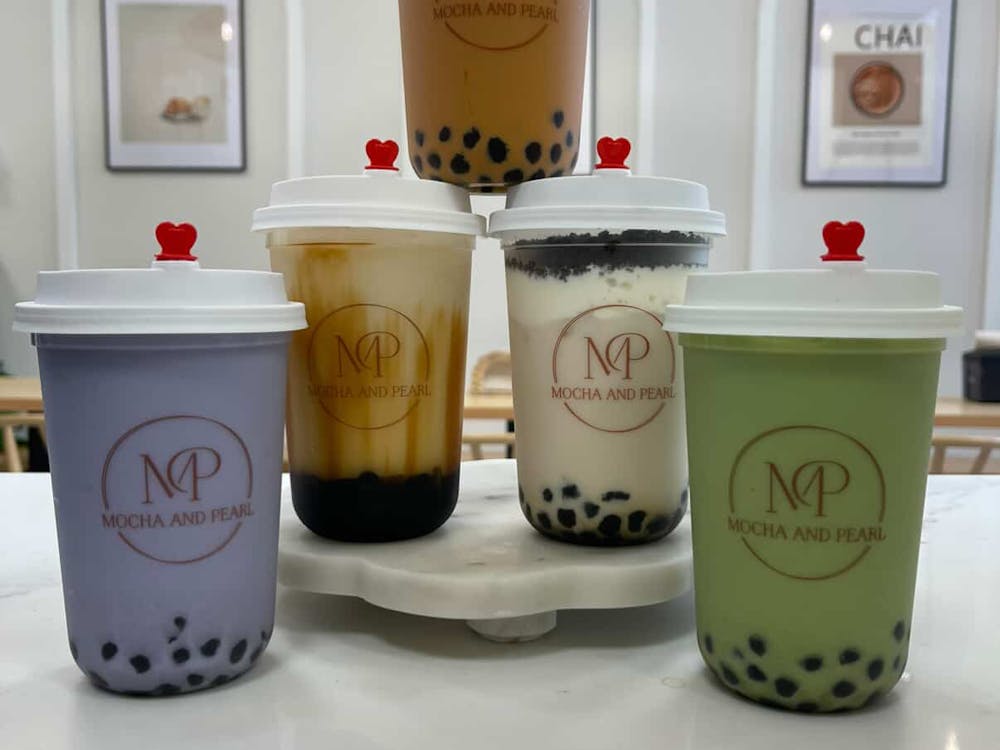Baltimore’s food scene wouldn’t be what it is without the people who built it. Immigrants brought their recipes, adjusted when they had to and held on to what mattered. The result is a city where food carries stories of memory, care and everyday effort.
You feel that at Chiapparelli’s. I went for dinner on a cold night, and before I even looked at the menu, a bowl of salad landed on the table. The room was dim and familiar — wood-paneled walls, soft voices — the kind of place that doesn’t try to impress you but stays with you anyway.
We ordered the drooling gnocchi, homemade and baked in a cream sauce with cheese and tomato. It was rich and comforting. The penne con vodka with grilled chicken came in a tomato cream sauce that had just enough bite. Both dishes felt like they came from a place that values tradition but knows how to keep people coming back.
Chiapparelli’s has been around since the 1940s. Pasquale Chiapparelli arrived from Naples in 1925, worked as a tailor, then opened a pizza shop with his brother. His wife, Miss Nellie, used to make ravioli by hand. Today, their daughter-in-law and grandson run the restaurant. The space feels lived in, and the food feels like it is still made with care.
After dinner, we walked over to Vaccaro’s. The Sicilian bakery was bright and bustling, with shelves packed full of cookies and the smell of espresso hanging in the air. I came for a cannoli filled with sweetened ricotta and chocolate chips, but it was the tiramisu that surprised me — soft, soaked in espresso and coffee liqueur, barely holding its shape before disappearing in just a few bites.
Gioacchino Vaccaro opened the bakery in 1956 after coming over from Palermo. Today, his son Nick runs it with the same family recipes. There’s a quiet kind of pride in places like this, where things don’t have to change much to stay good.
Little Italy still feels like a neighborhood. The streets are narrow. People say hello. Restaurants fill up on weekends. It is not flashy, but it is full of life and history. In the 1850s, many Italian immigrants passed through Baltimore on their way west. Some stayed. They opened shops, made food and built a community that is still here.
And Little Italy is not alone. Across the city, food tells stories. Korean, Greek, Jewish and West African families have all shaped the way Baltimore eats. It is not just about recipes — it is about the people behind them and the way food makes a place feel like home.





